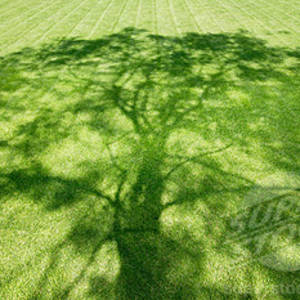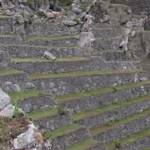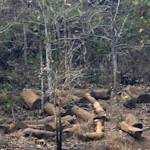The Lost Forest Of Washington DC
Personal memory by Kirk Savage
1900
By 1900 Washington D.C. was famous as a "city of trees." Its "embowering shades" made it the top newlywed destination in the U.S., surpassing Niagara Falls. Nowhere was this more true than on the Mall itself, which at that time was a picturesque park filled with flowers, shade trees, a botanical garden, and an arboretum. Visitors explored the grounds and admired the trees on curvilinear paths winding through the middle of the Mall. From the height of the Capitol building a tree canopy covered almost the entire area. The empty, formal vista we know today as the Mall did not exist until the mid 1930s. The deforestation of the old Mall took place in stages from the first decade of the 20th century, when the formal plan was introduced, to the Great Depression, when the plan was finally realized as a road project in the new public works program. A relatively biodiverse horticultural landscape gave way to a monoculture of grass and elm trees newly planted in straight lines. Many local residents had sentimental attachments to the old trees and mourned their loss. They protested the so-called "rape of the Mall" but ultimately to no avail. I enclose a photograph of a deer in the old forested grounds outside the Smithsonian building, one of the most beloved collections of trees on the Mall. The great landscape architect Andrew Jackson Downing designed the original tree plantings in 1851; the last of his trees were wiped out around 1935.
Source: Kirk Savage, Monument Wars: Washington, D.C., the National Mall and the Transformation of the Memorial Landscape. UC Press, 2009. Pp. 7-8, 91-100, 175-192.


Learn about Maya Lin’s fifth and final memorial: a multi-platform science based artwork that presents an ecological history of our world - past, present, and future.

Discover ecological histories and stories of former abundance, loss, and recovery on the map of memory.

Learn how we can reduce our emissions and protect and restore species and habitats – around the world.

See how art can help us rethink the problems we face, and give us hope that each one of us can make a difference.

Help make a global memorial something personal and close to home. Share your stories of the natural world.


